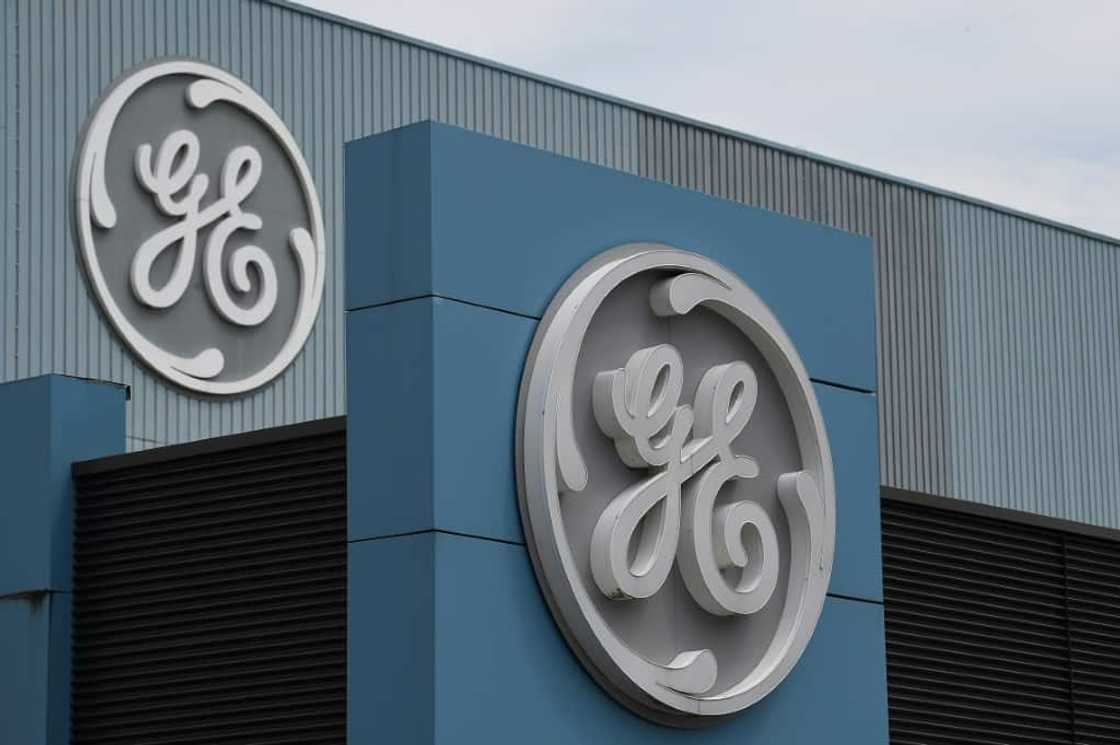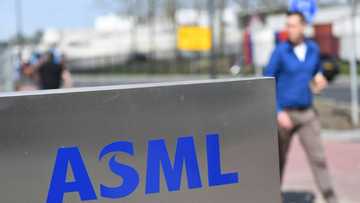Swan song for General Electric as it completes demerger

Source: AFP
The US conglomerate General Electric, co-founded more than 130 years ago by Thomas Edison, is opening a new chapter in its history on Tuesday: its break-up into three independent entities which will then concentrate on their disparate core businesses.
The group announced its "spin-off" project in November 2021, which was to be carried out in several stages.
An initial split took place in January 2023 with the creation of GE HealthCare, bringing together all the health care activities.
The official finalization of the separation comes Tuesday, with General Electric disappearing in favor of GE Vernova, dealing with energy activities, and GE Aerospace, the new name of the late GE.
They will be listed in New York, one on Nasdaq and two on the NYSE.
There will be no holding company, and the three firms will publish their results independently of one another.
PAY ATTENTION: Let yourself be inspired by real people who go beyond the ordinary! Subscribe and watch our new shows on Briefly TV Life now!
"As independently run companies, the businesses will be better positioned to deliver long-term growth and create value for customers, investors and employees," General Electric explained in 2021 when it announced the demerger.
Among the "many reasons" for the spin-offs were a desire to simplify the company by getting rid of non-core activities and improving performance by withdrawing from low-growth or low-profitability sectors, Neil Saunders of GlobalData told AFP.
"Within this there is usually always a value play that either bolsters the share price or creates more value for investors and owners," he said.
"Managing multiple divisions across disparate areas is harder for a board of directors," he continued, adding: "It is also harder in terms of communicating vision and strategy to investors."
Capital allocation
The conglomerate 3M -- which manufactures scotch tape and post-it notes, among other things -- has also taken the route of General Electric's demerger: In July 2022, it announced the separation of its health-related activities.
The new company, named Solventum, began trading on the NYSE on Monday.
"This is an important day for 3M and Solventum," 3M chief executive Mike Roman said in a statement.
"Both companies are positioned to pursue their respective growth and tailored capital allocation plans," he added.
Like GE, which distributed all the shares in GE Vernova to the conglomerate's shareholders, 3M distributed all the shares in the new company to its shareholders.
Both firms gave one share in the "child company" for every four shares held in the "parent company."
However, the parent company can still retain a stake, usually with the intention of monetizing it at a later date.
This is what General Electric did with GE HealthCare, in which it retained a 19.9 percent stake.
However, its spinoff GE Aerospace now holds just 6.7 percent of the company, according to a spokeswoman for the group.
"It won’t be GE Aerospace's intent to hold this in perpetuity," she told AFP.
According to McKinsey, an ancillary business that has become independent can develop further by doing business with companies that are competitors of its former "parent company."
Other big names on Wall Street have also chosen in recent years to spin off certain activities.
For example, the giant Johnson & Johnson has retained its business-to-business activities and created the listed Kenvue for its consumer products.
And in June 2021, the breakfast behemoth Kellogg announced its intention to split into three companies, but in the end opted for just two: WK Kellogg for cereals, and Kellanova for snacks, which came into being in October 2023.
"Kellogg's is a good case in point with the company splitting off its low-growth cereals business from the very fast-growing snacks business," said Saunders from GlobalData. "But it's not without its disadvantages."
These include the loss of economies of scale resulting from the sharing of certain structural functions like accounting and human resources, or a size effect, as is the case in health insurance.
According to CNBC, some thirty-six spin-offs are planned worldwide by 2024.
On March 19, British hygiene and food giant Unilever announced its intention to spin off its ice cream businesses - including Ben & Jerry's and Magnum - following disappointing sales in 2023.
"A demerger of Ice Cream is the most likely separation route," the company said at the time, adding it was seeking above all to "maximize returns for shareholders."
In Unilever's case, the aim is simplification, Neil Saunders said, because ice cream operates on "a very different operating model" from Unilever's other products.
PAY ATTENTION: Follow Briefly News on Twitter and never miss the hottest topics! Find us at @brieflyza!
Source: AFP





